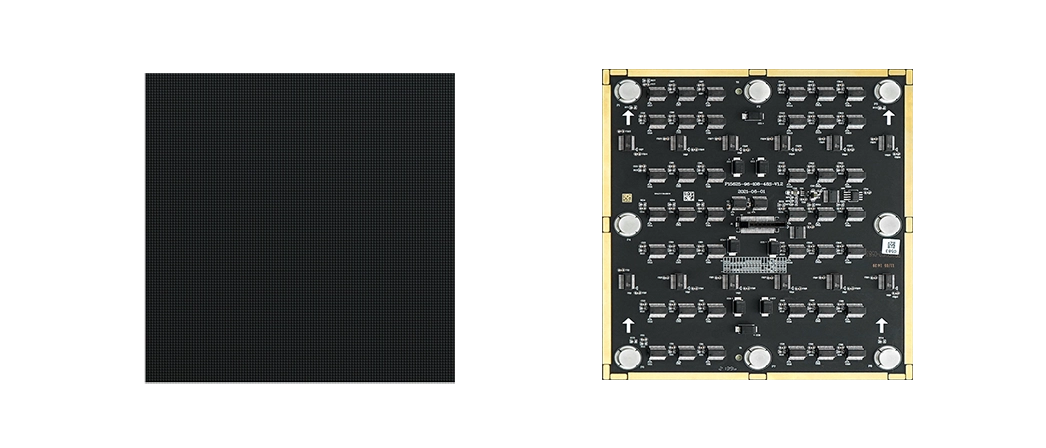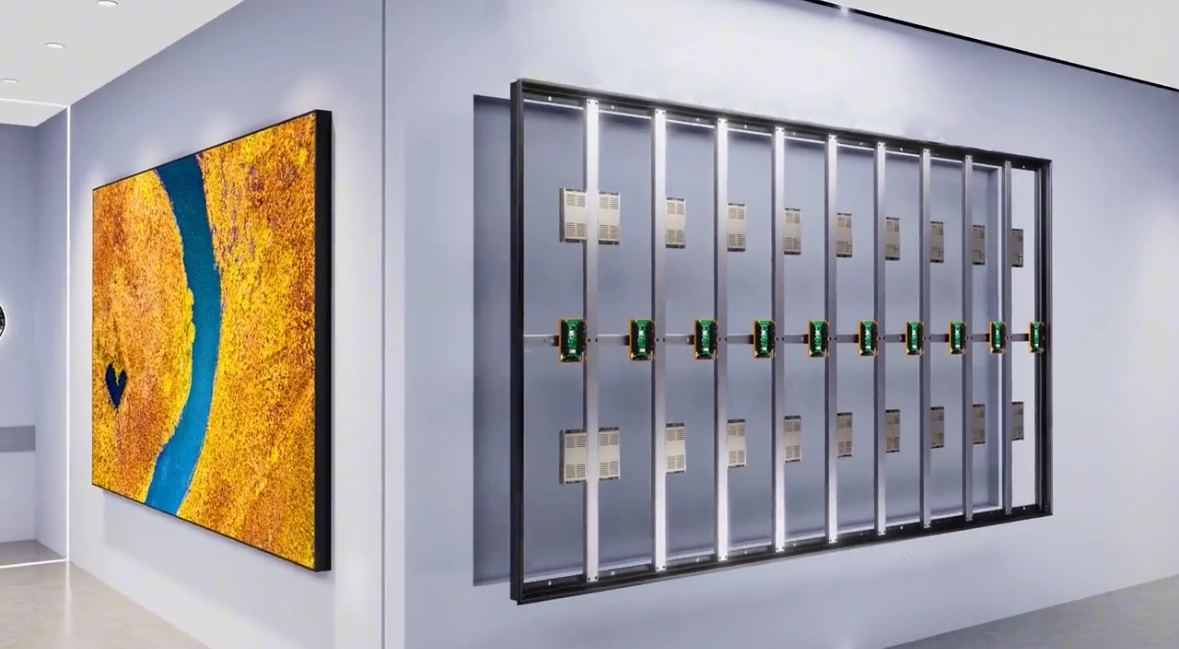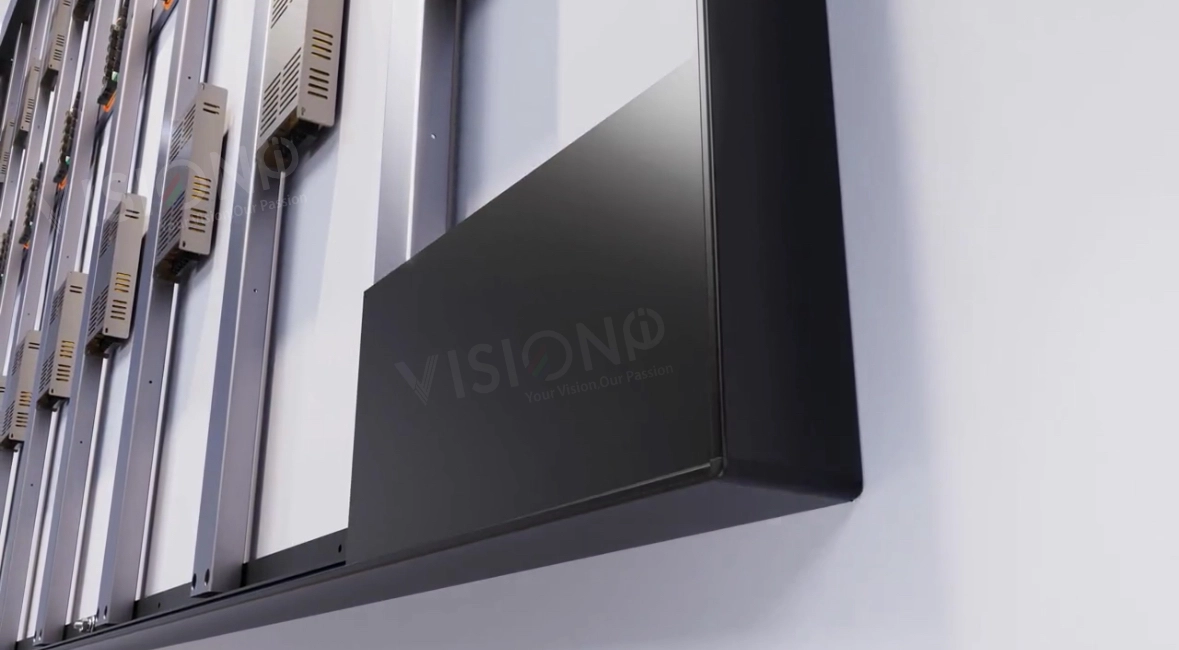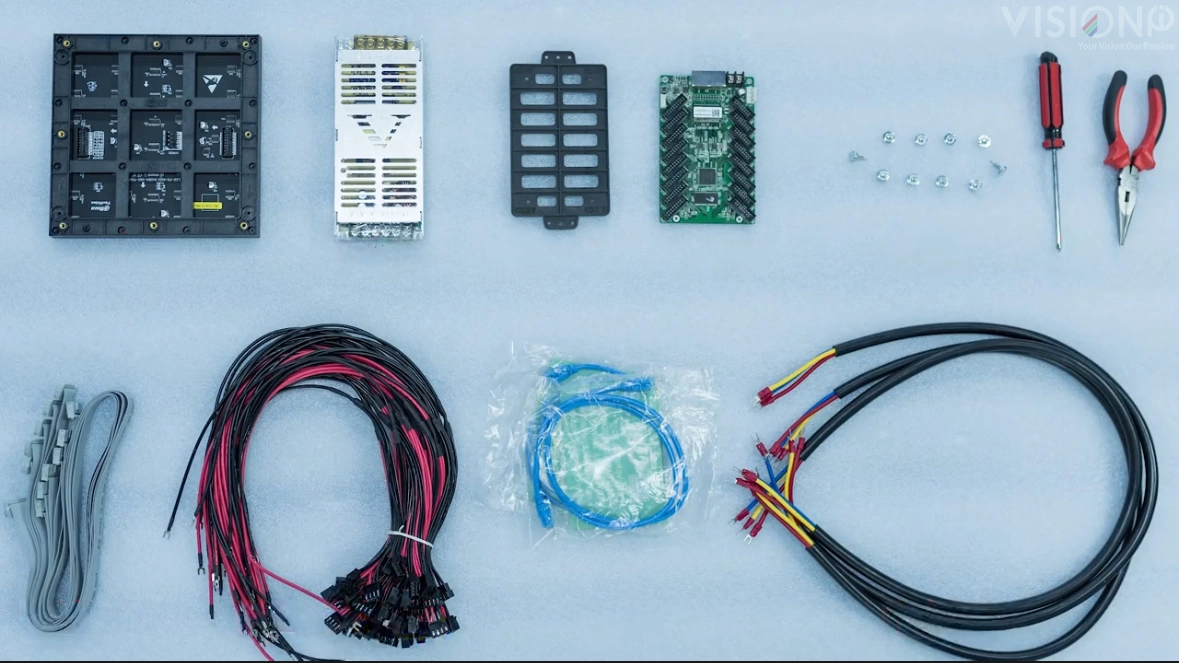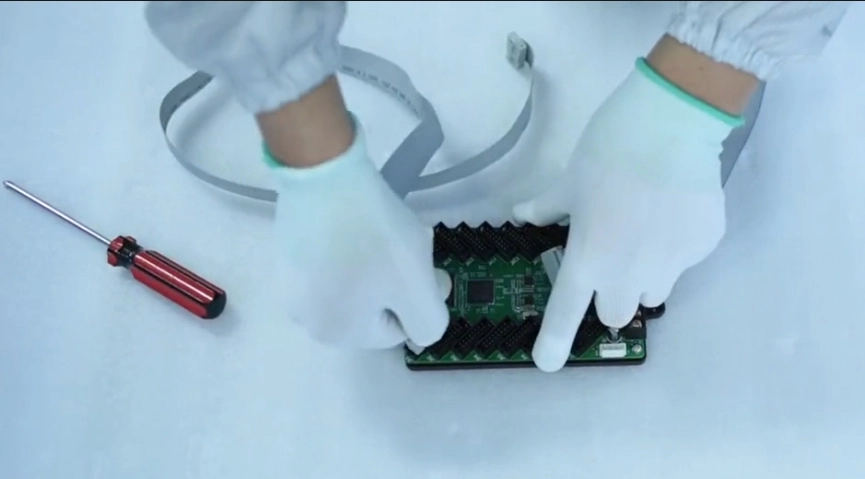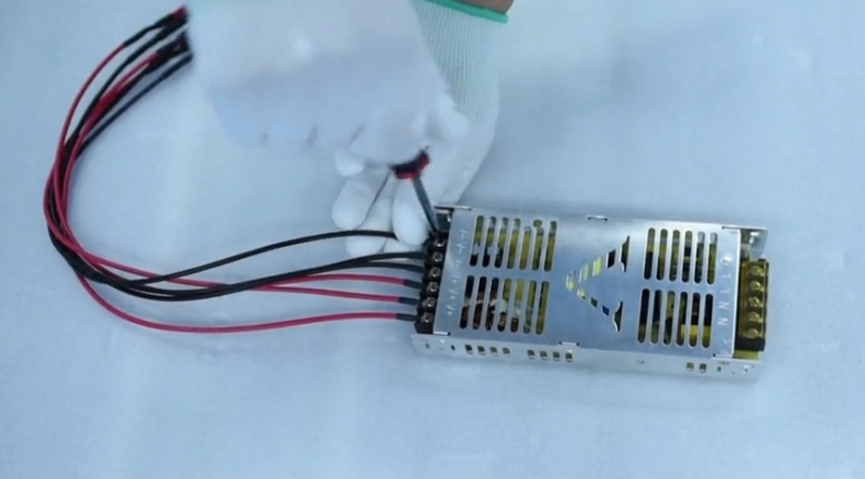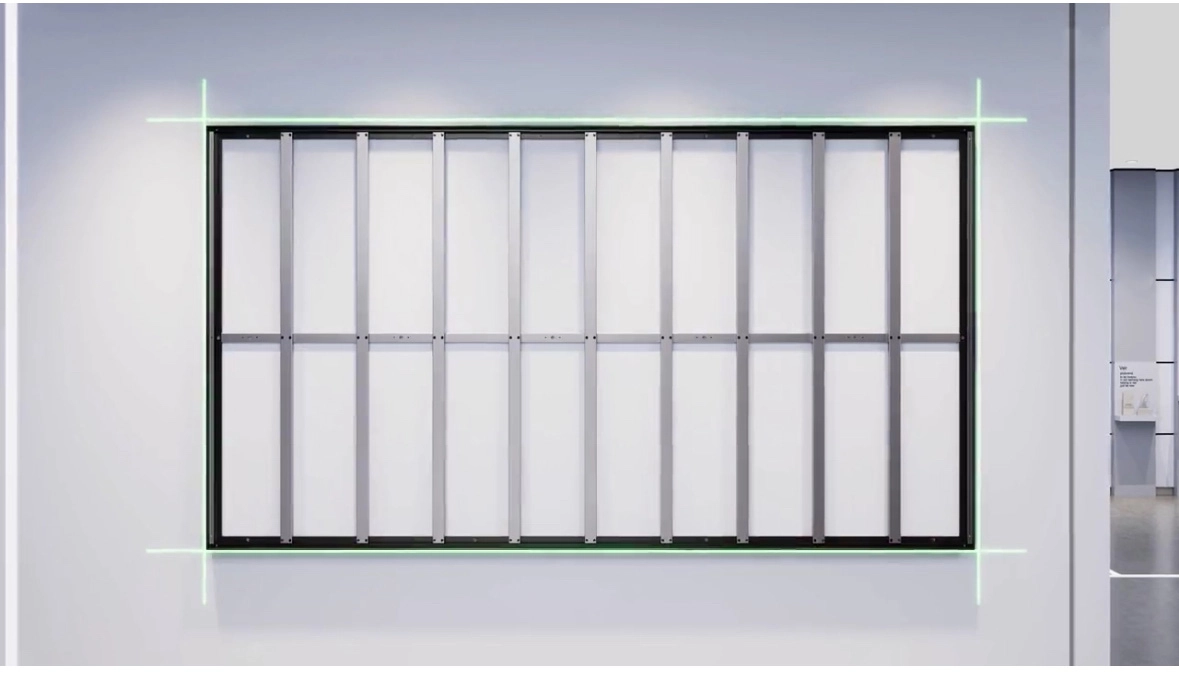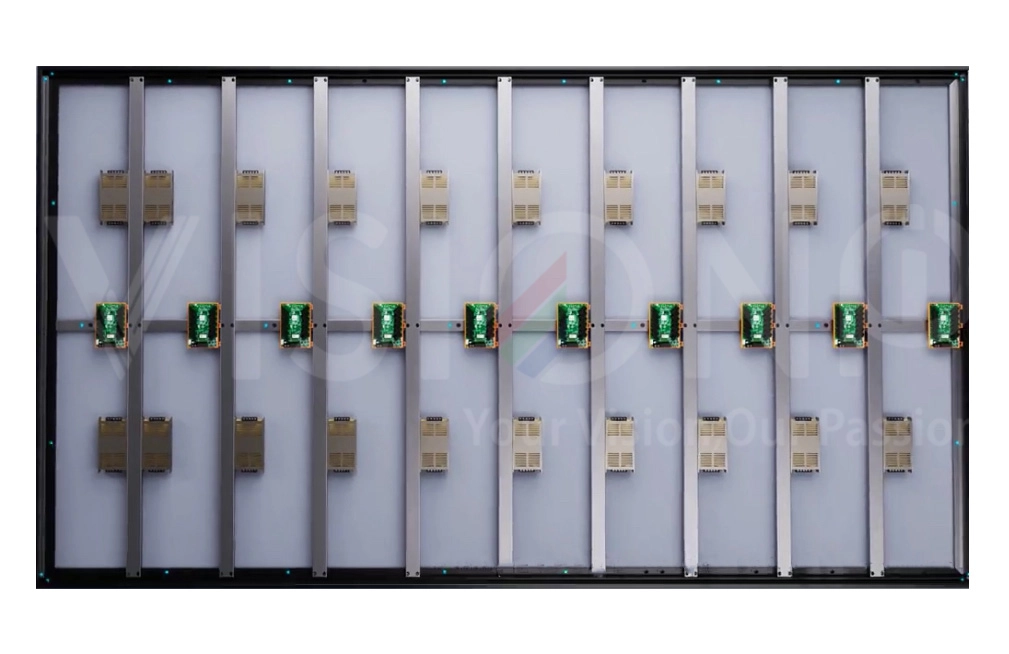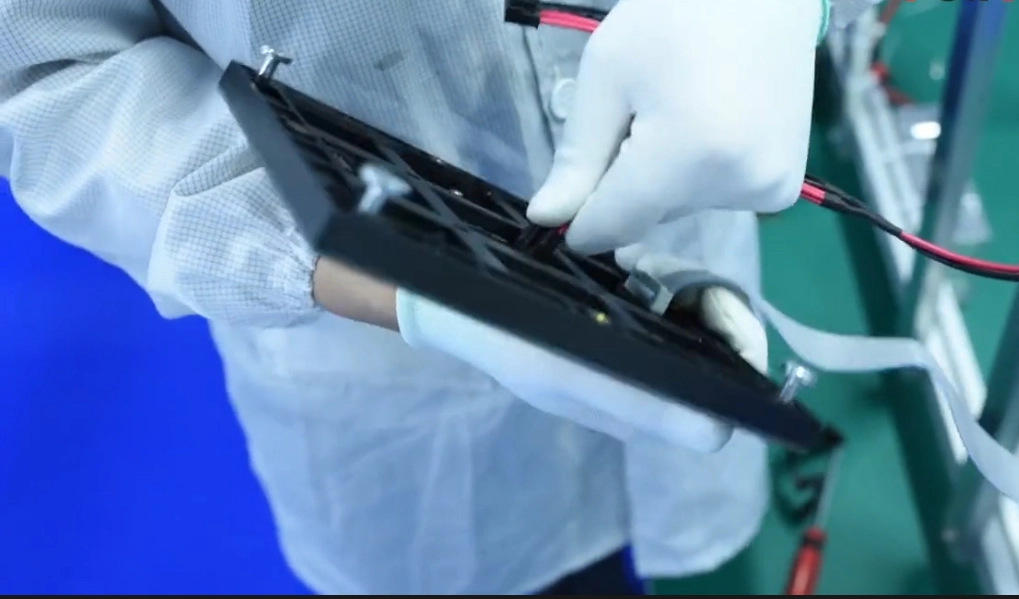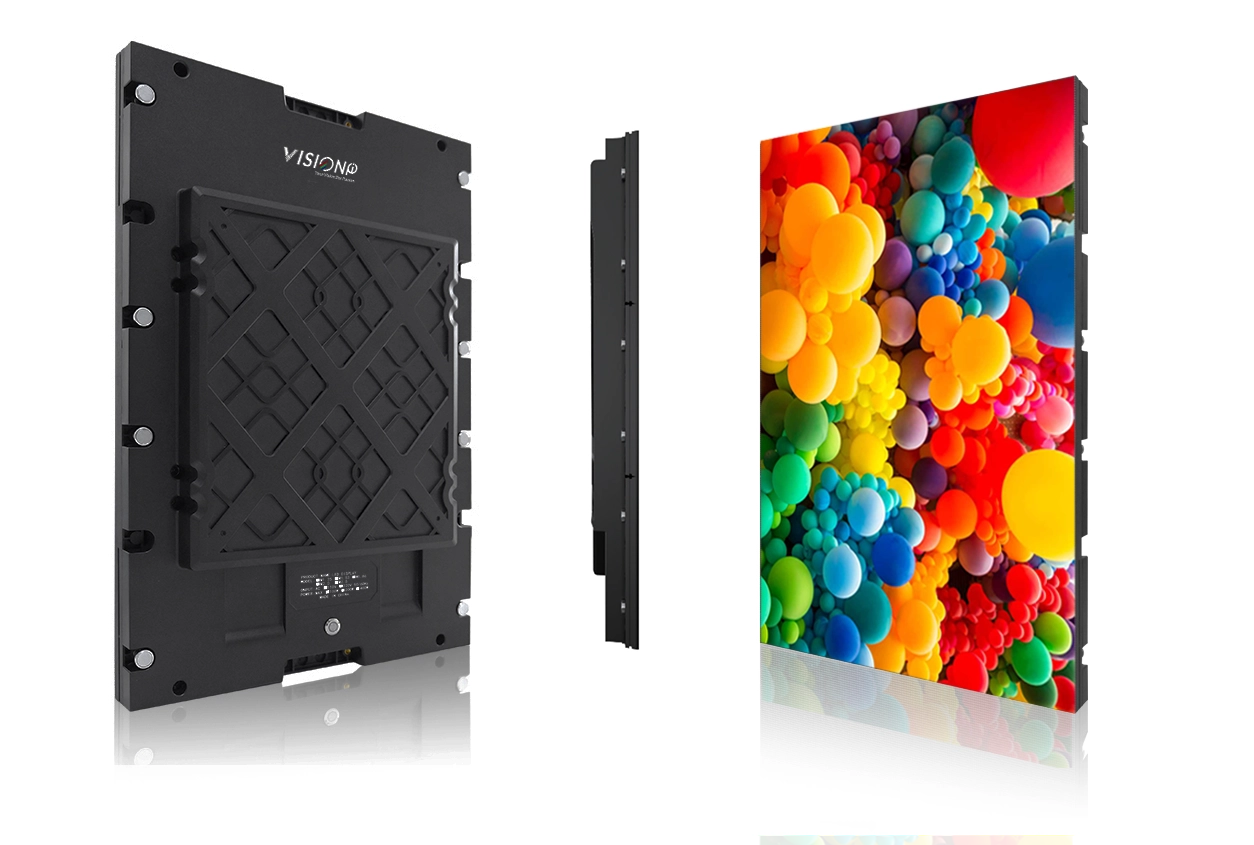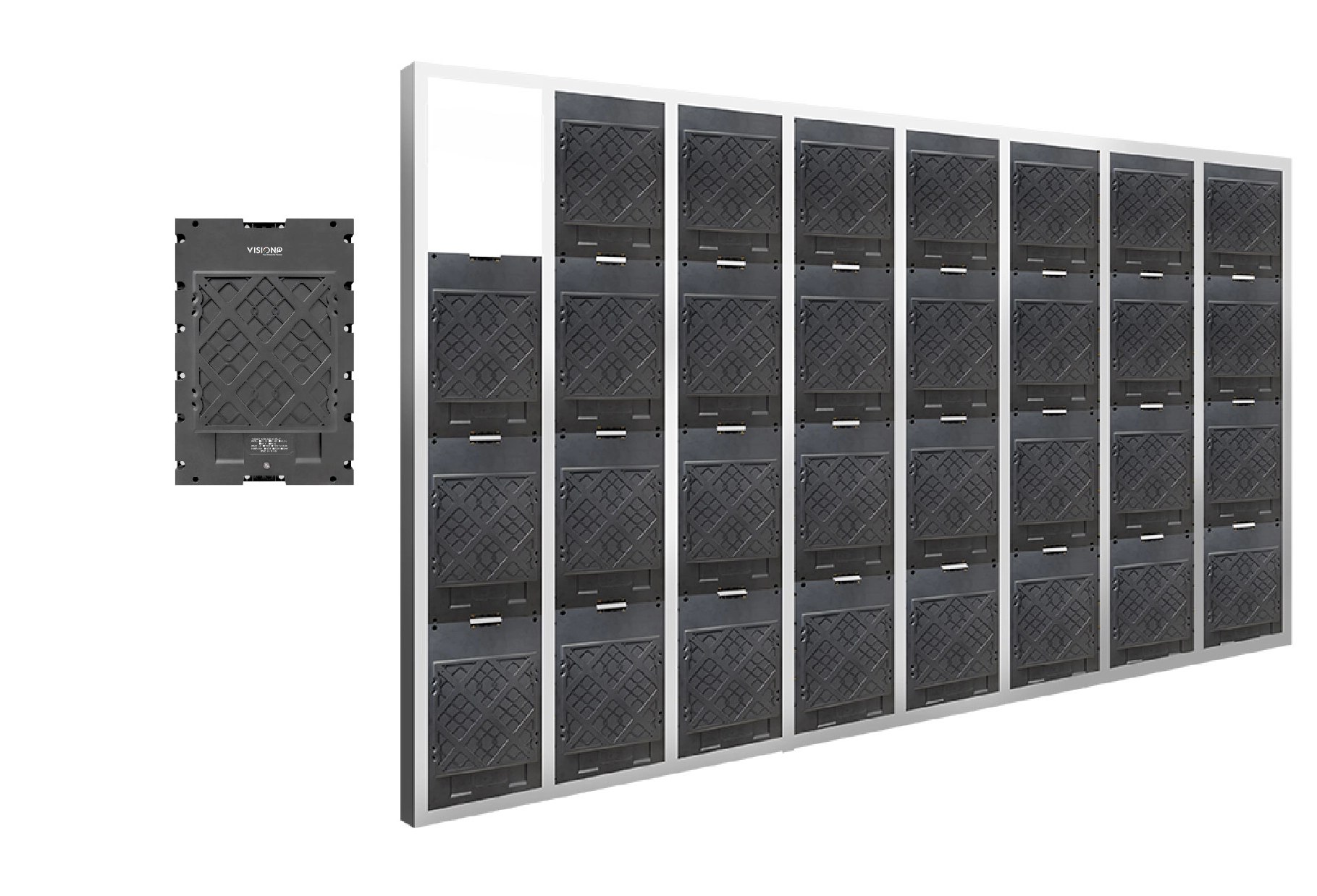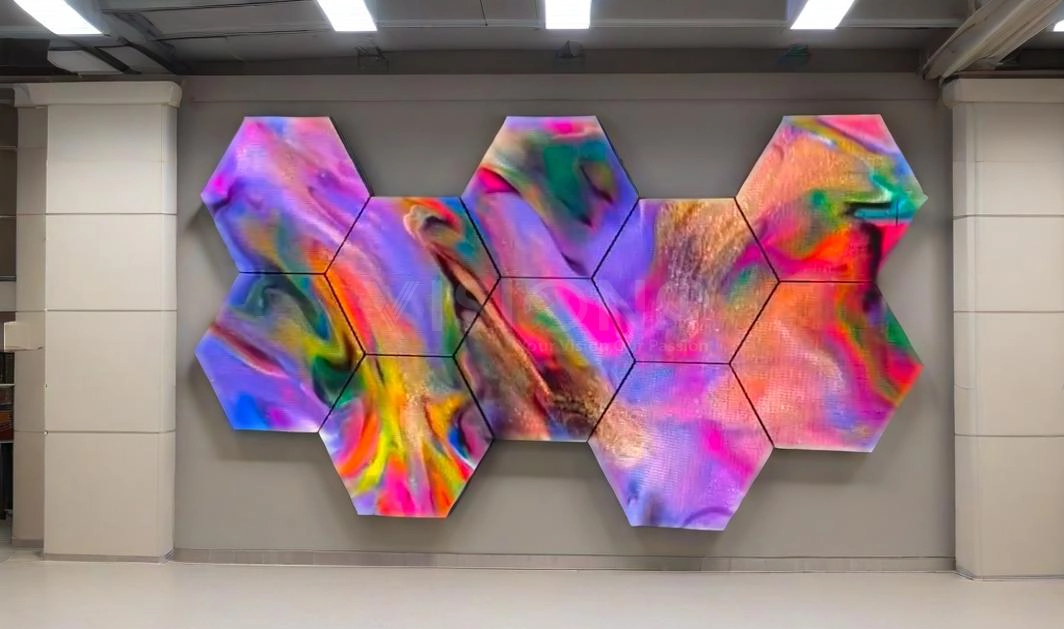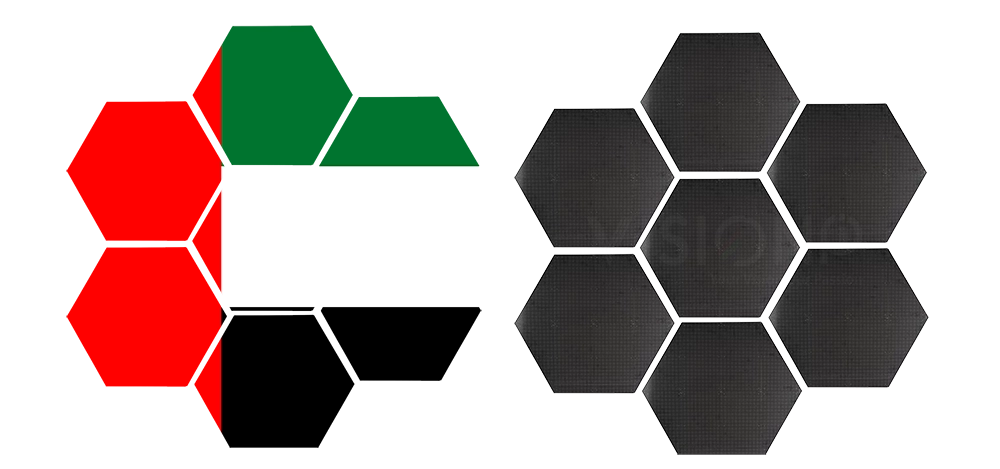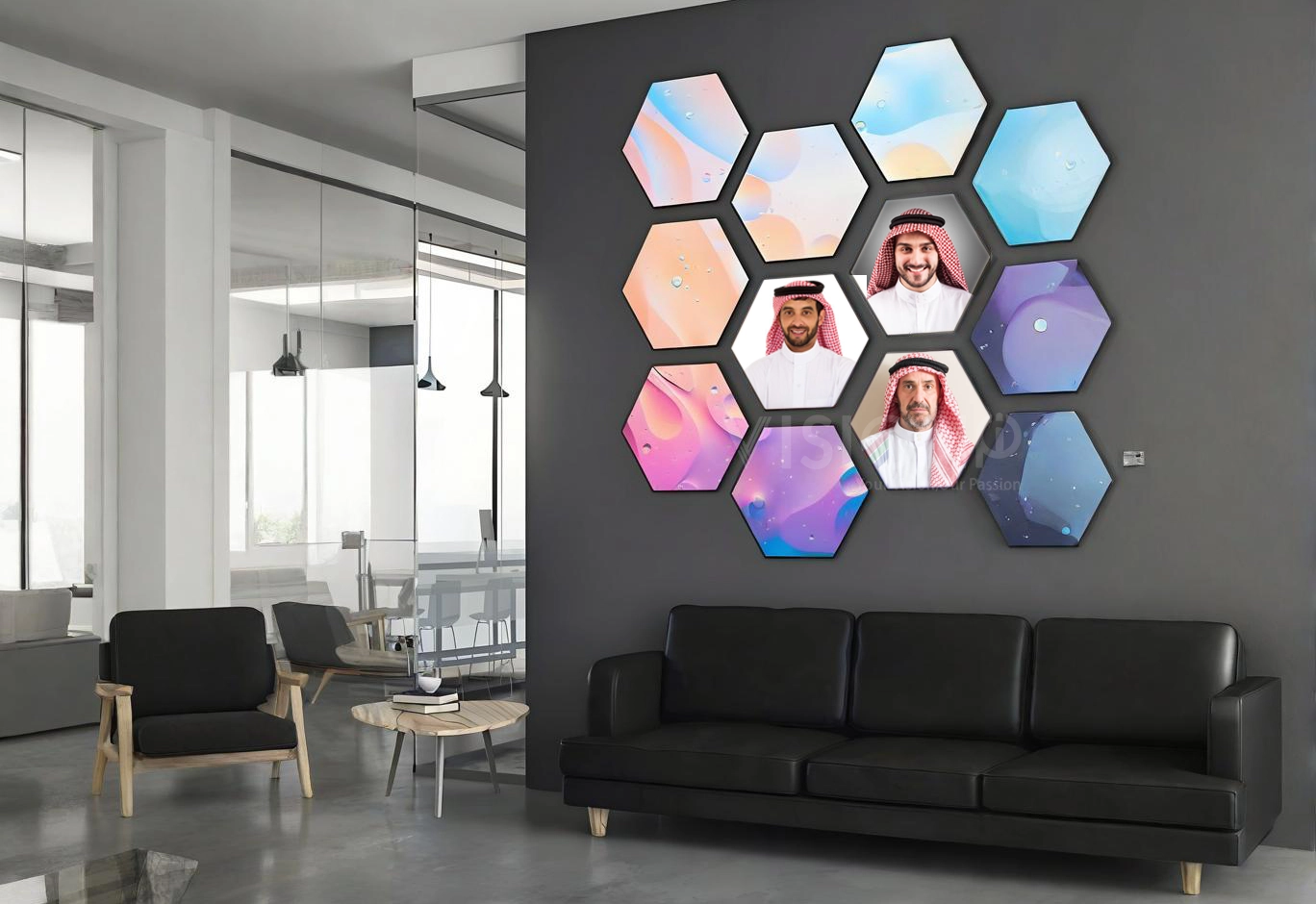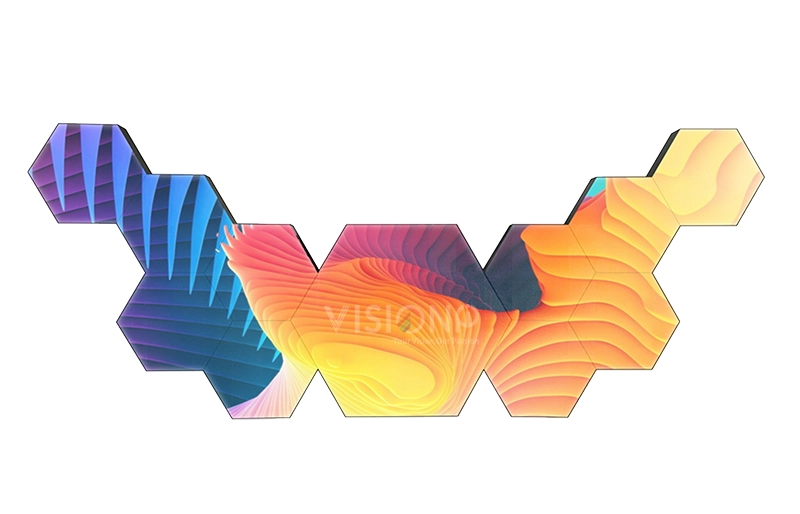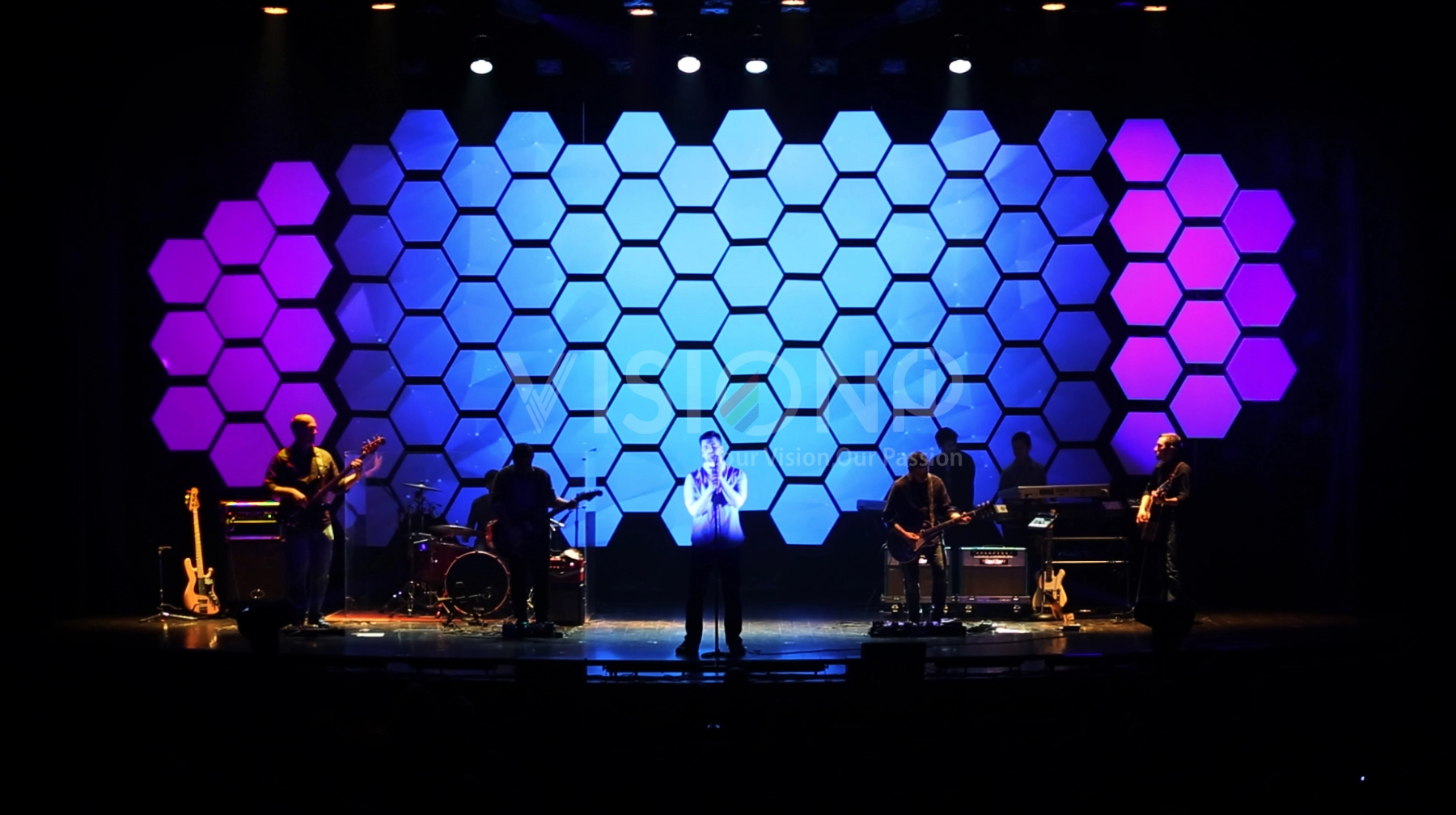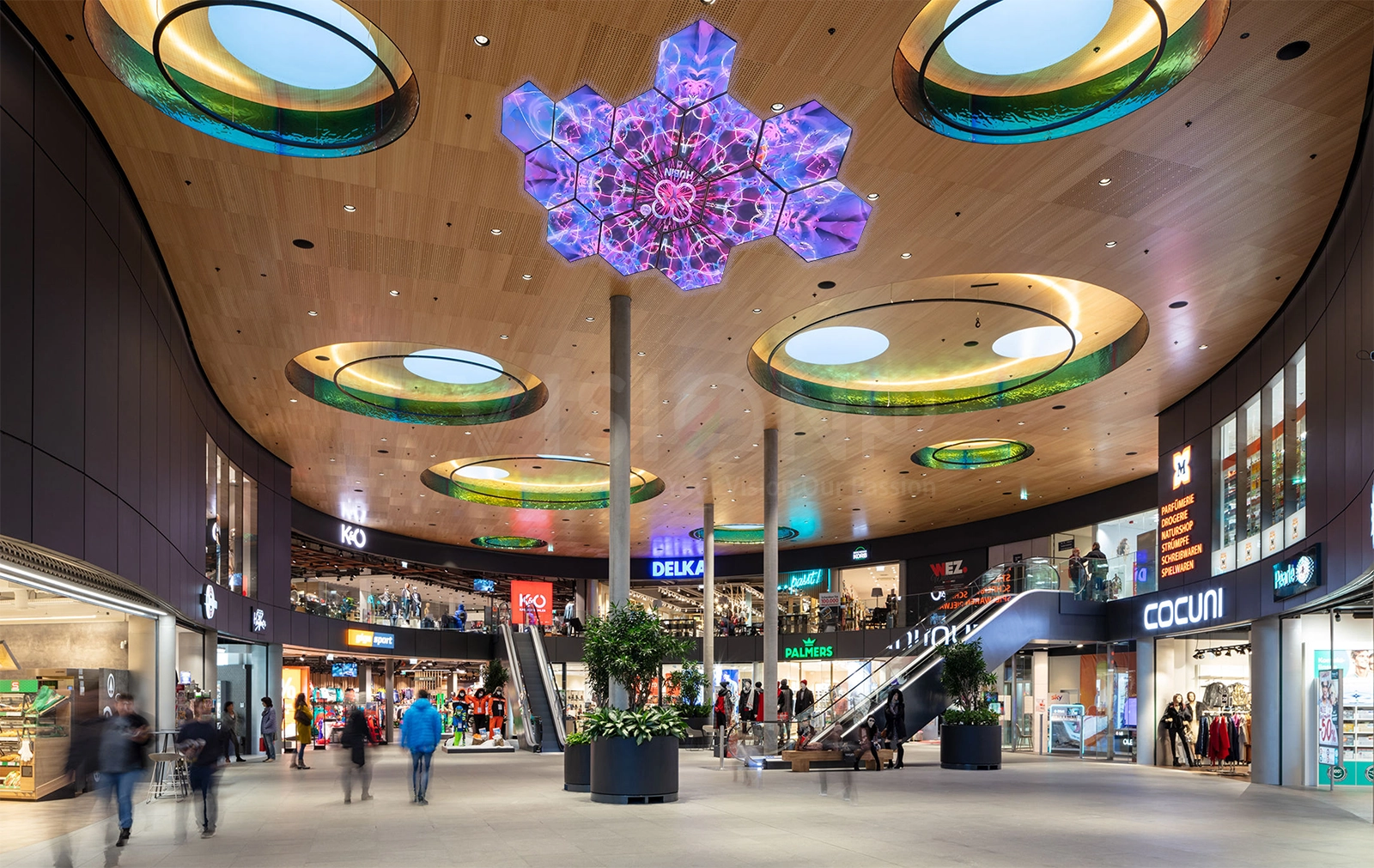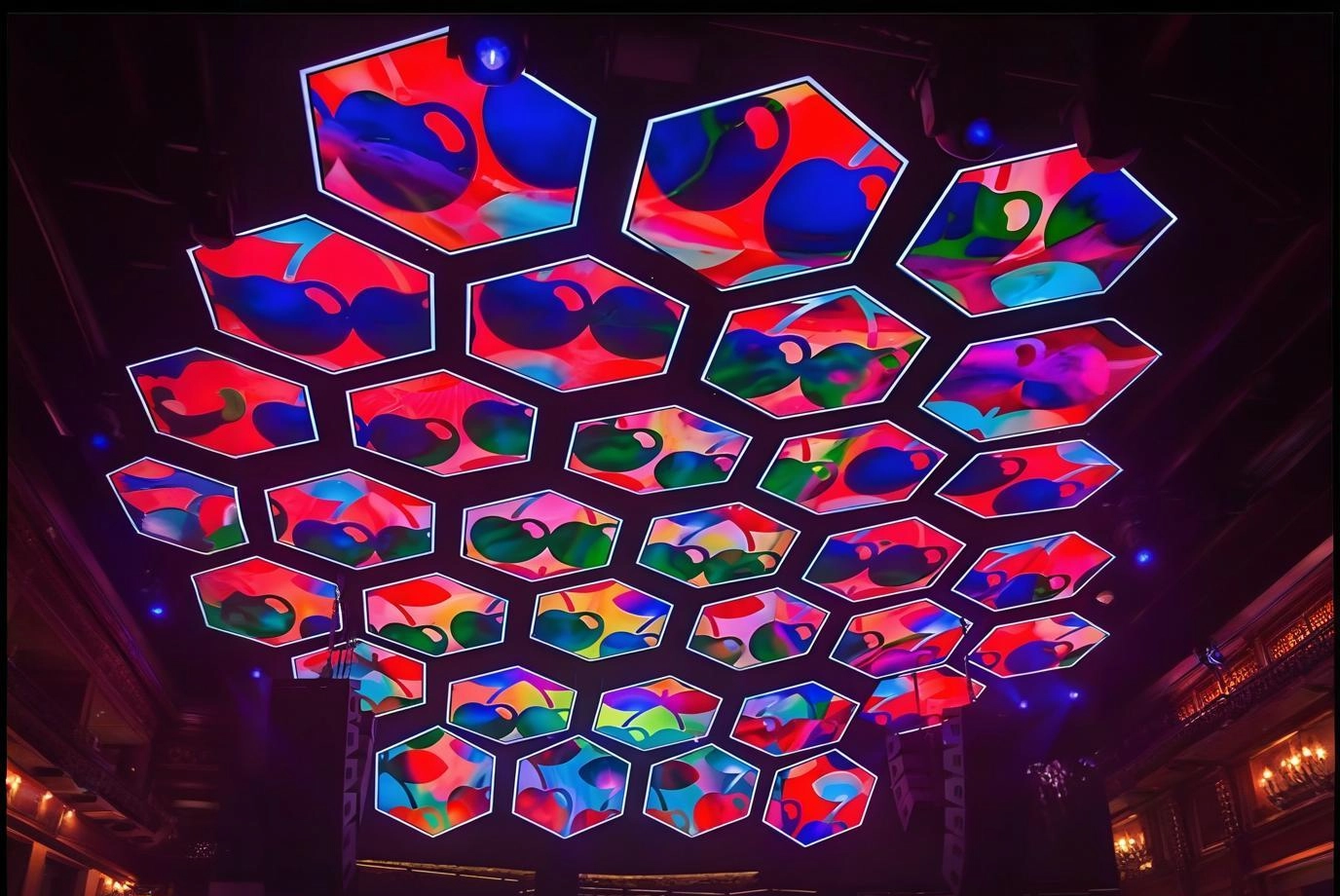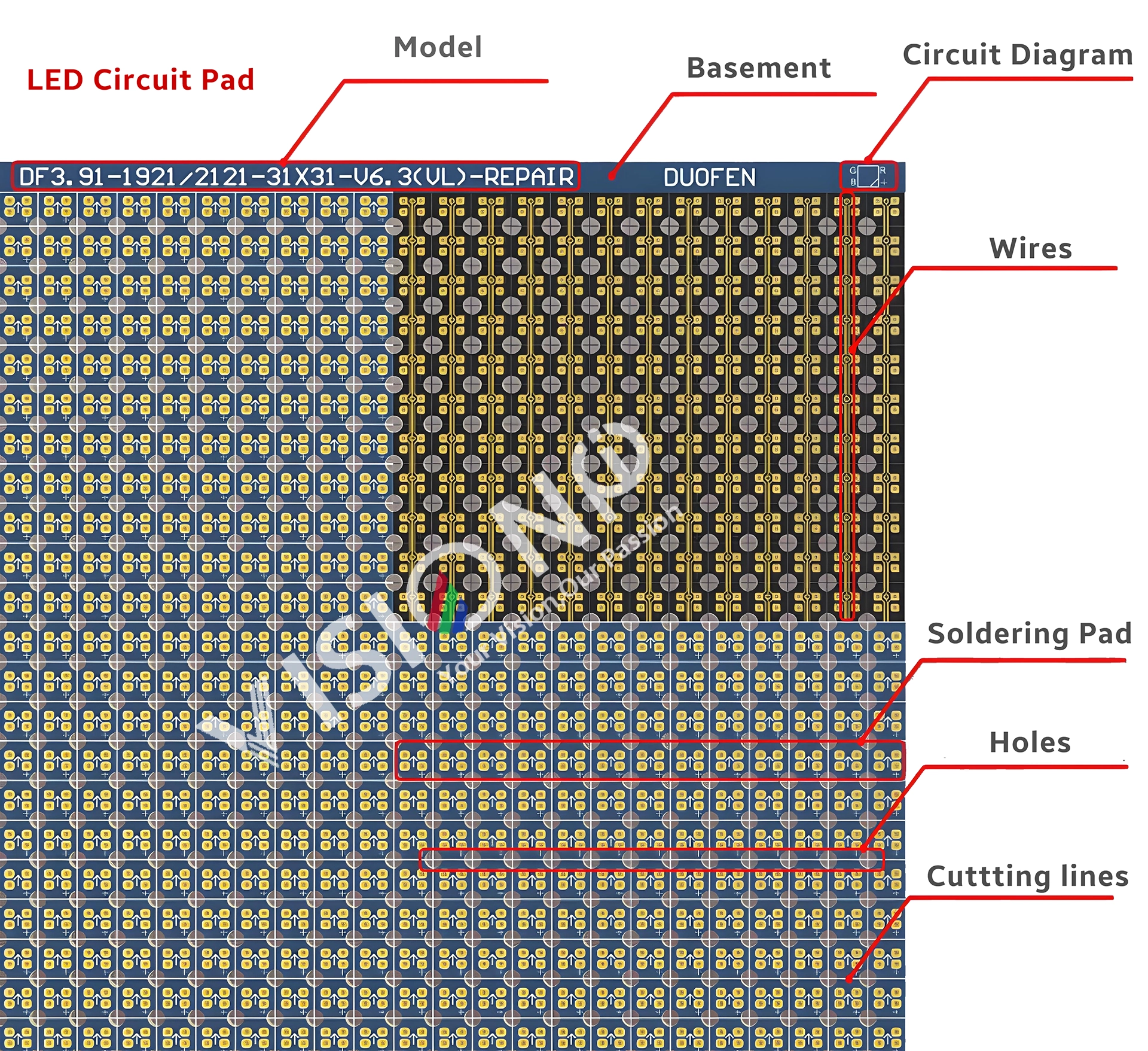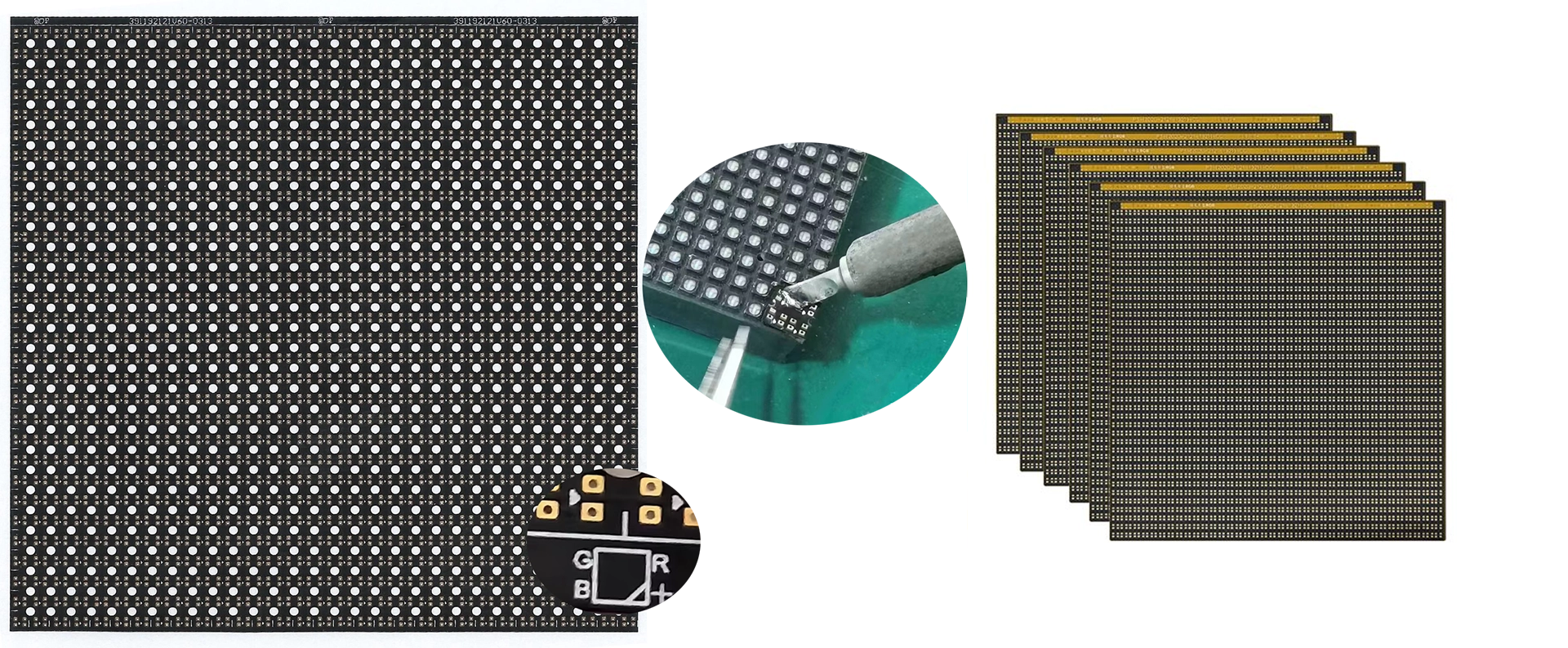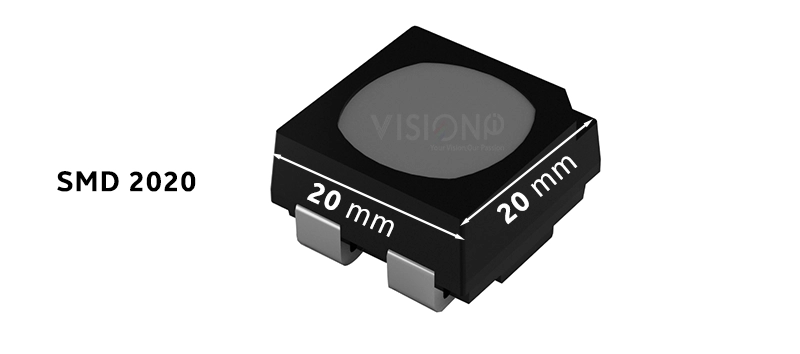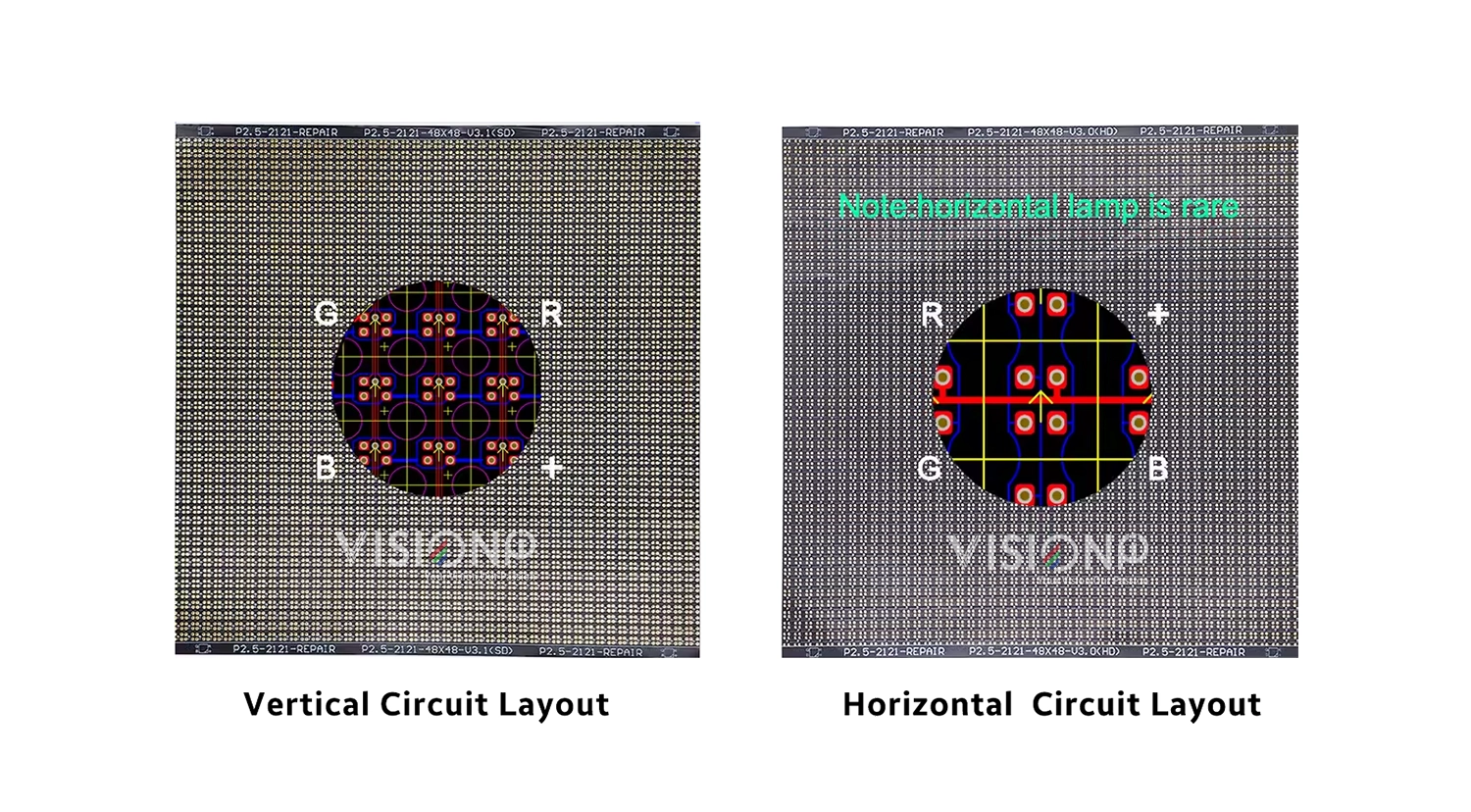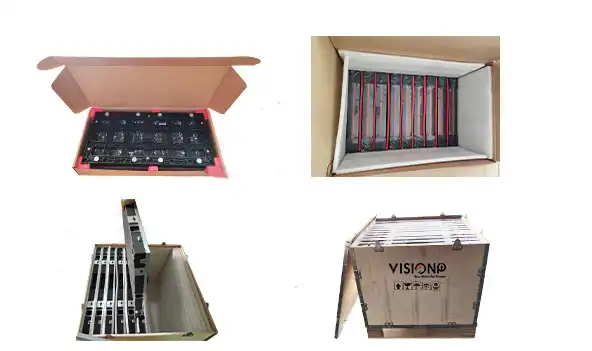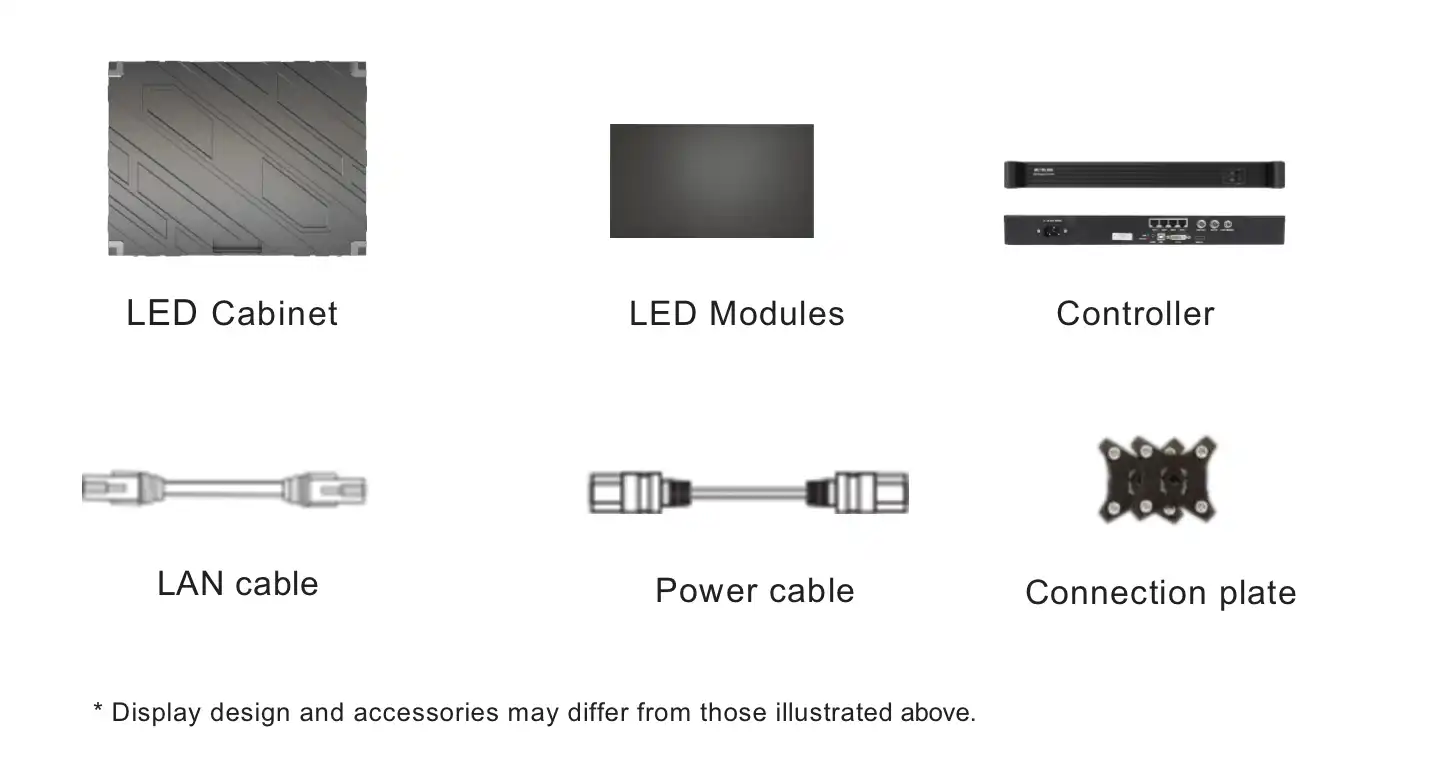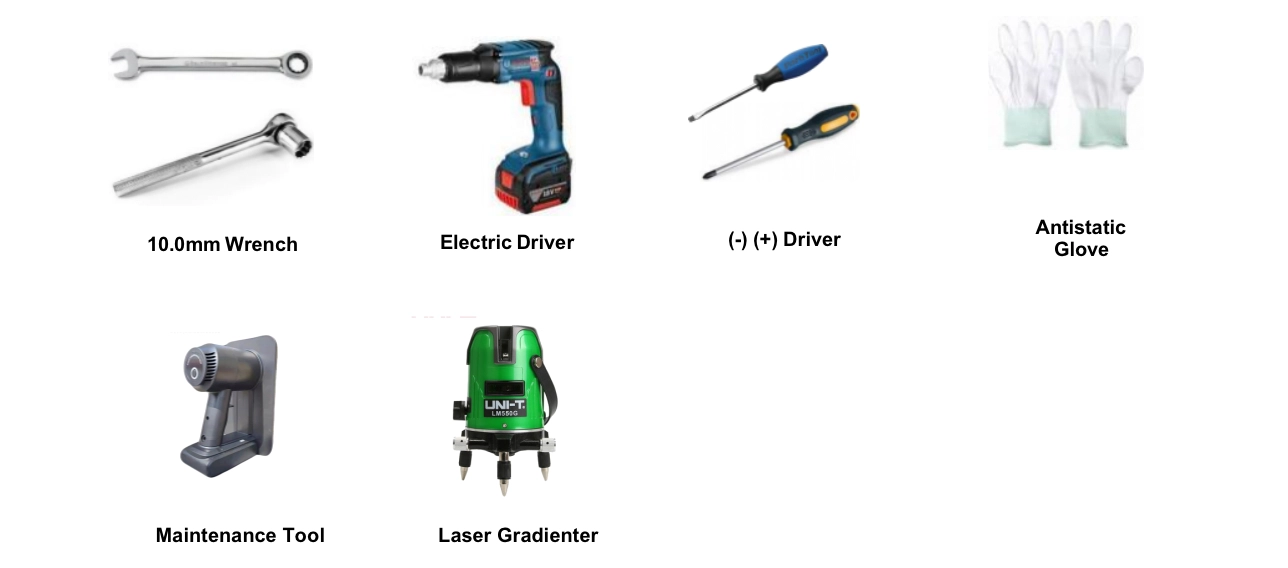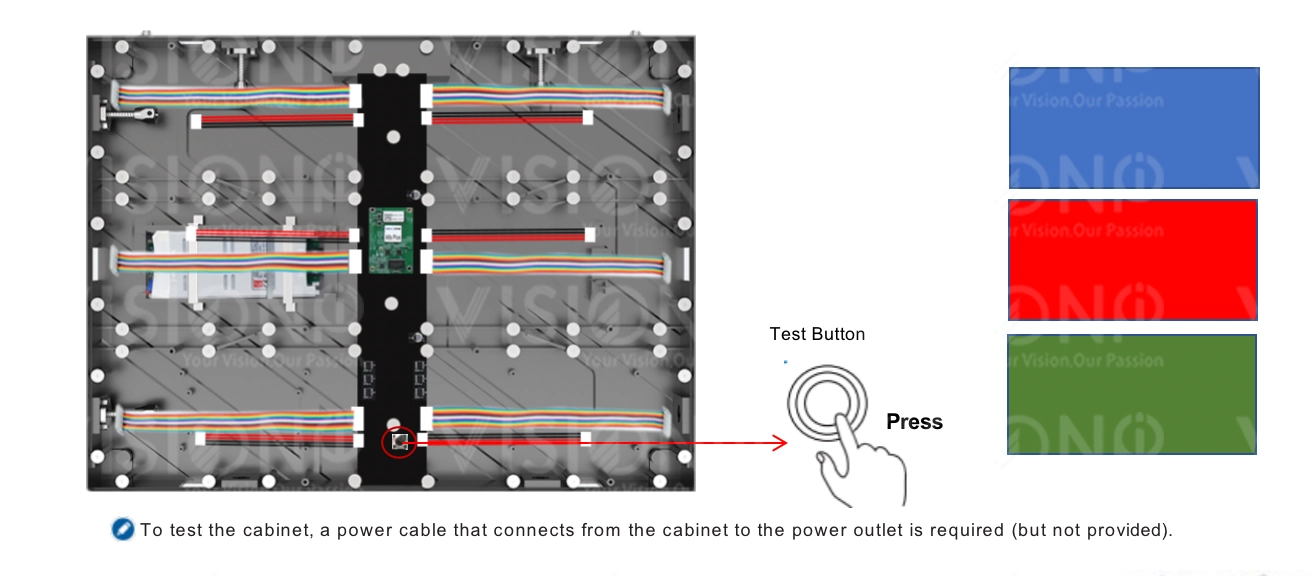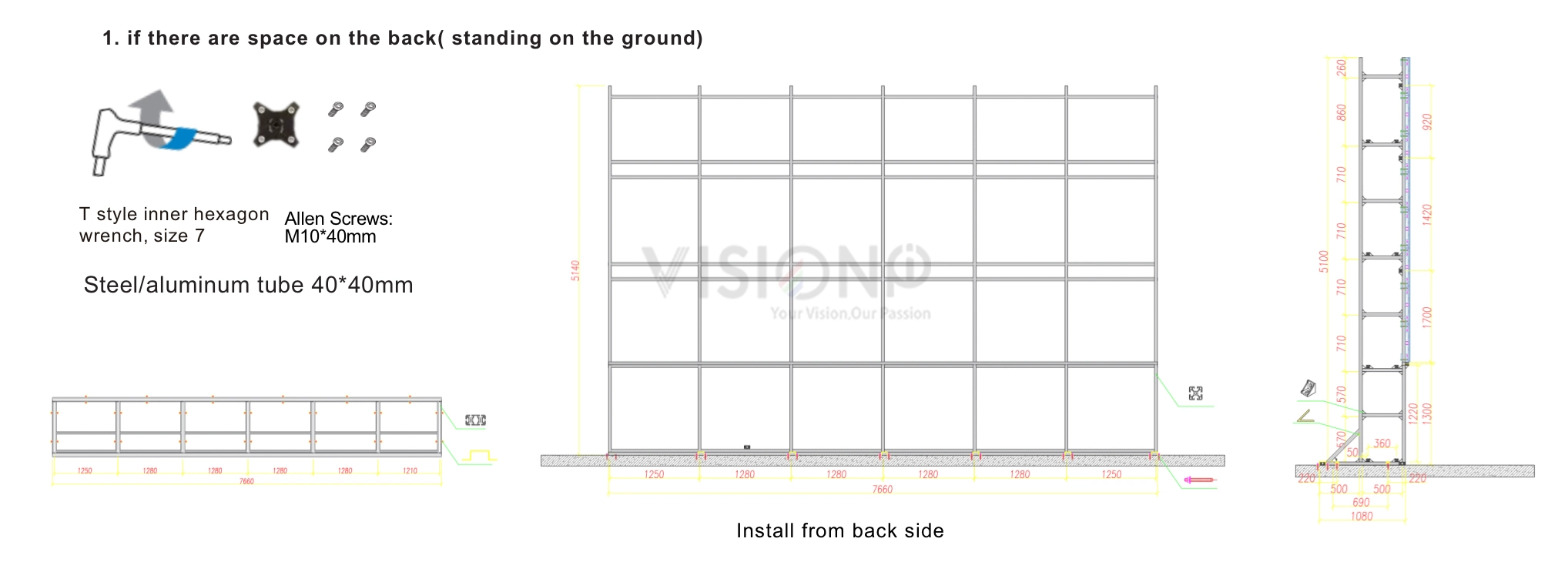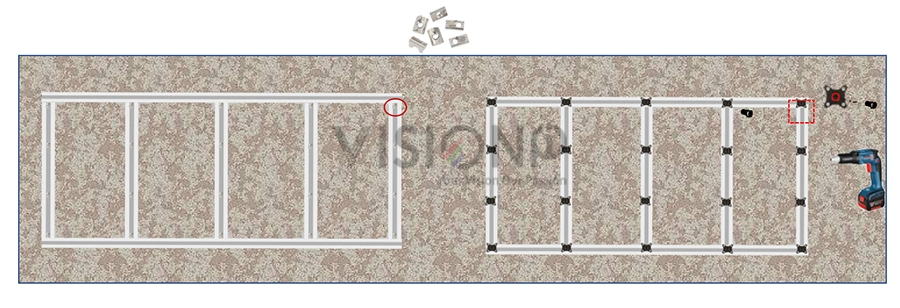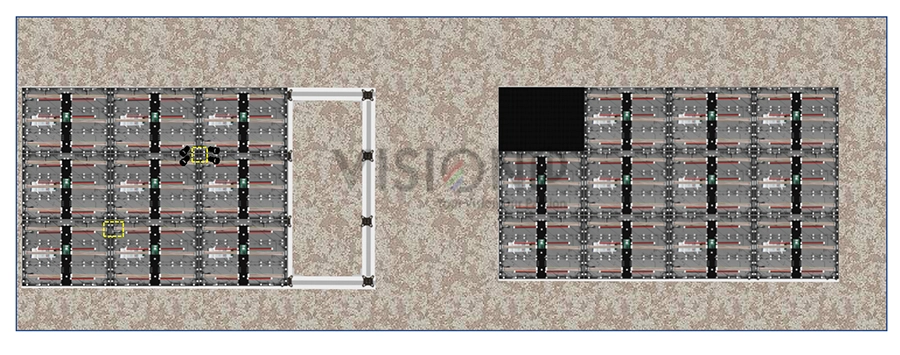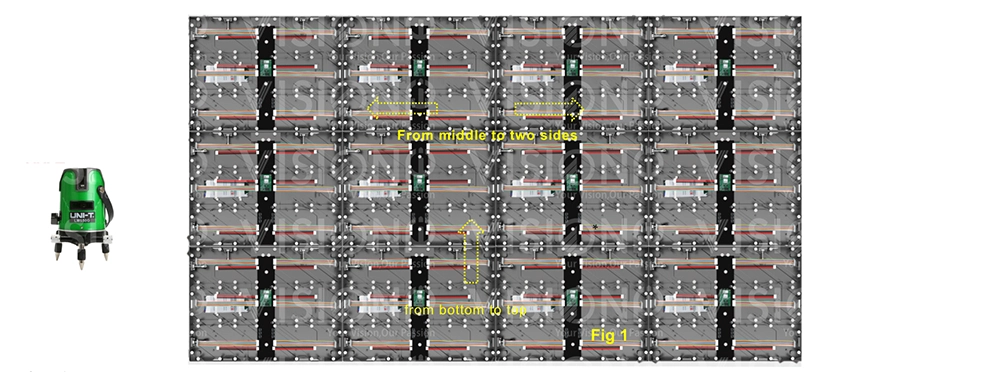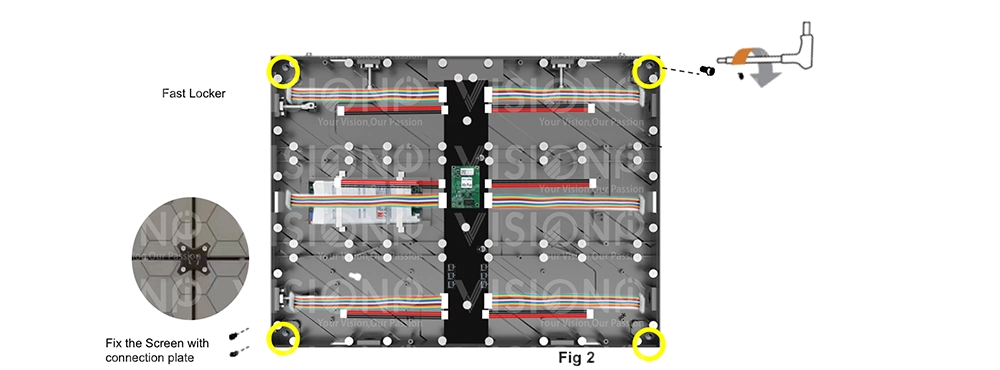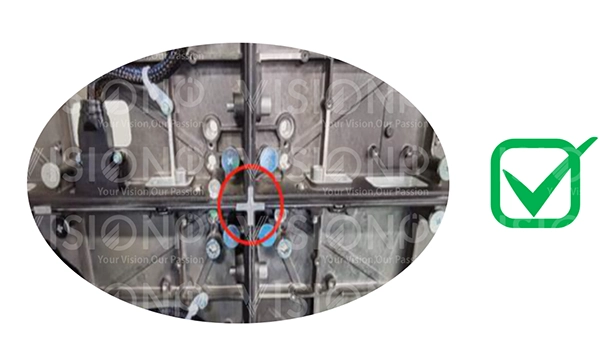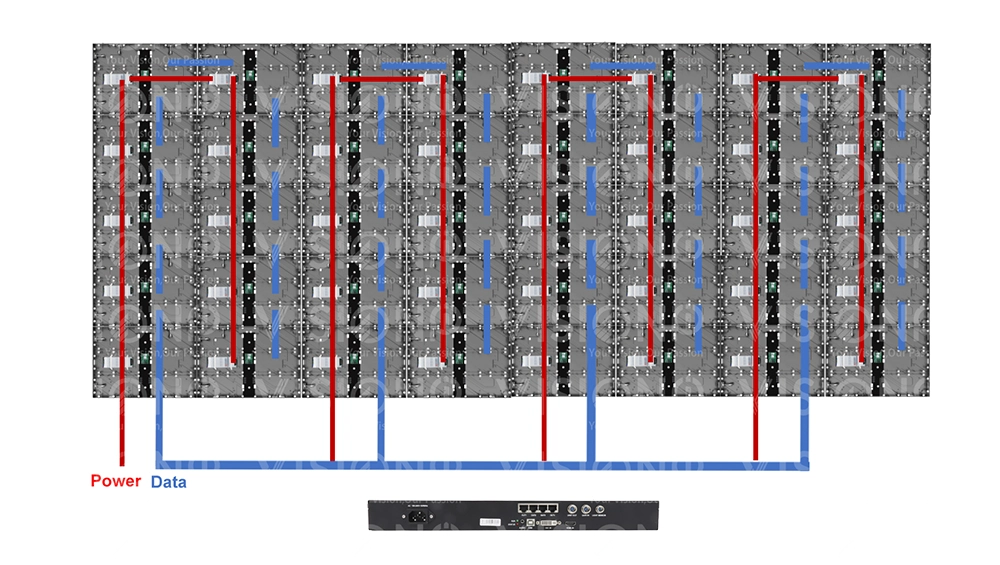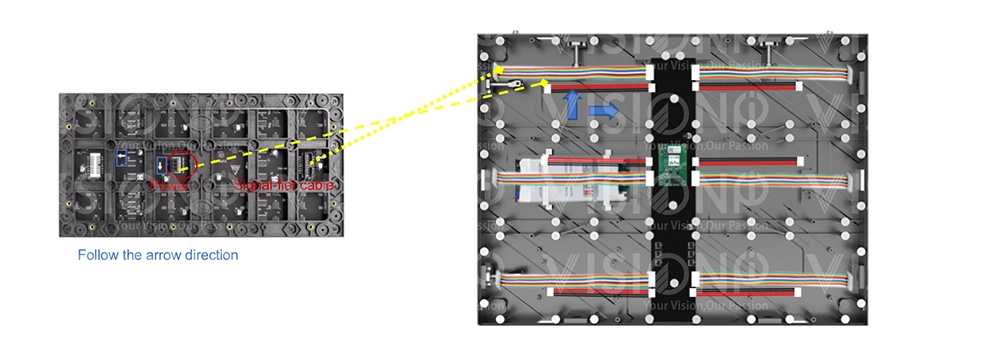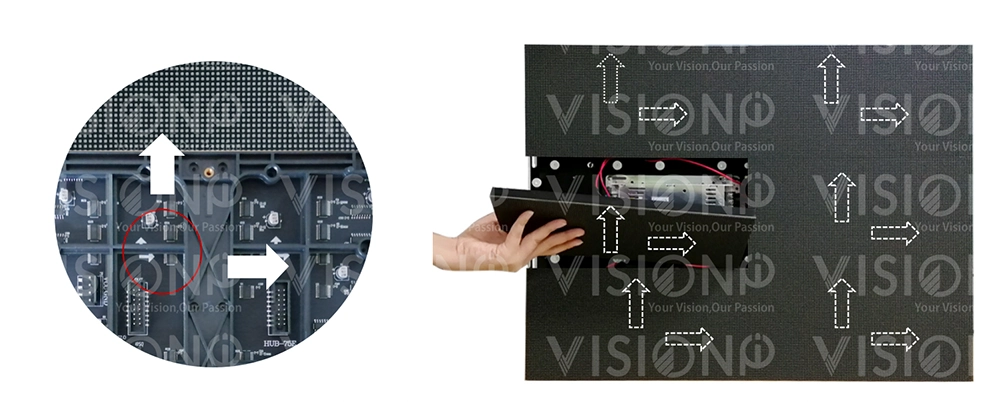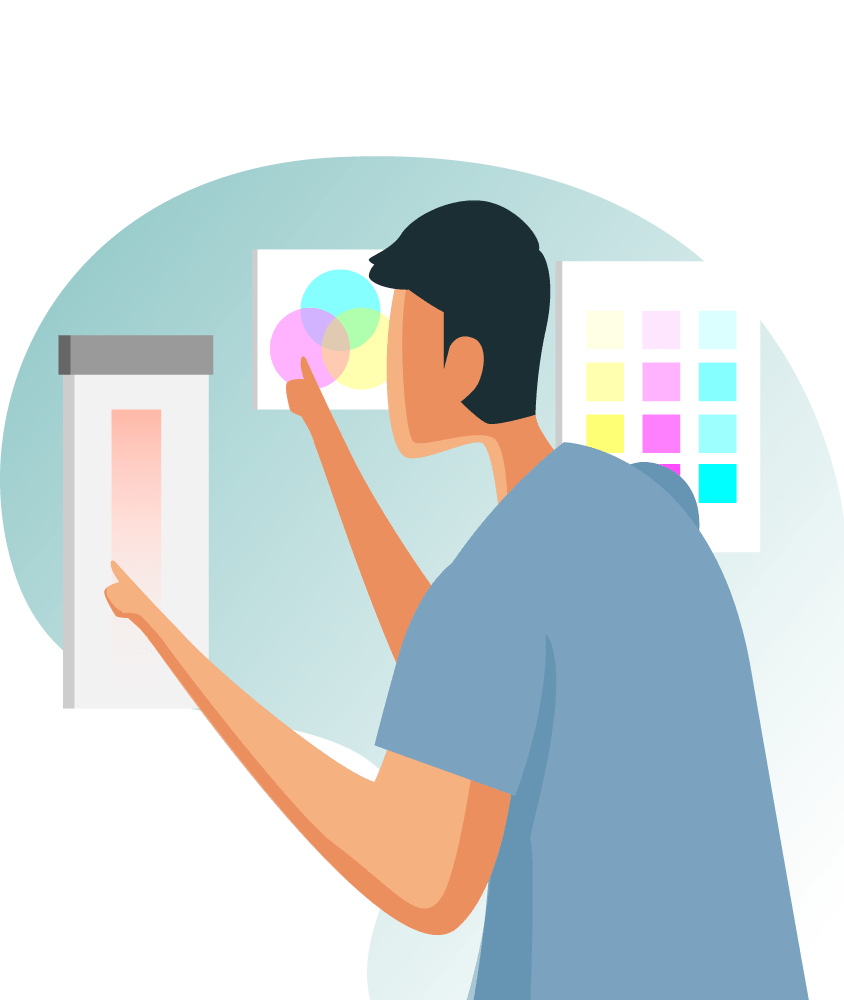Micro LED Display Manufacturer
Understanding Mini LED and Micro LED Display Technologies
The concepts of Mini LED and Micro LED have been pivotal in the evolution of display technology, marking significant advancements since the early 2000s. These technologies offer refined visual experiences and are defining the future of displays with their ultra-fine pixel pitches and innovative packaging methods.
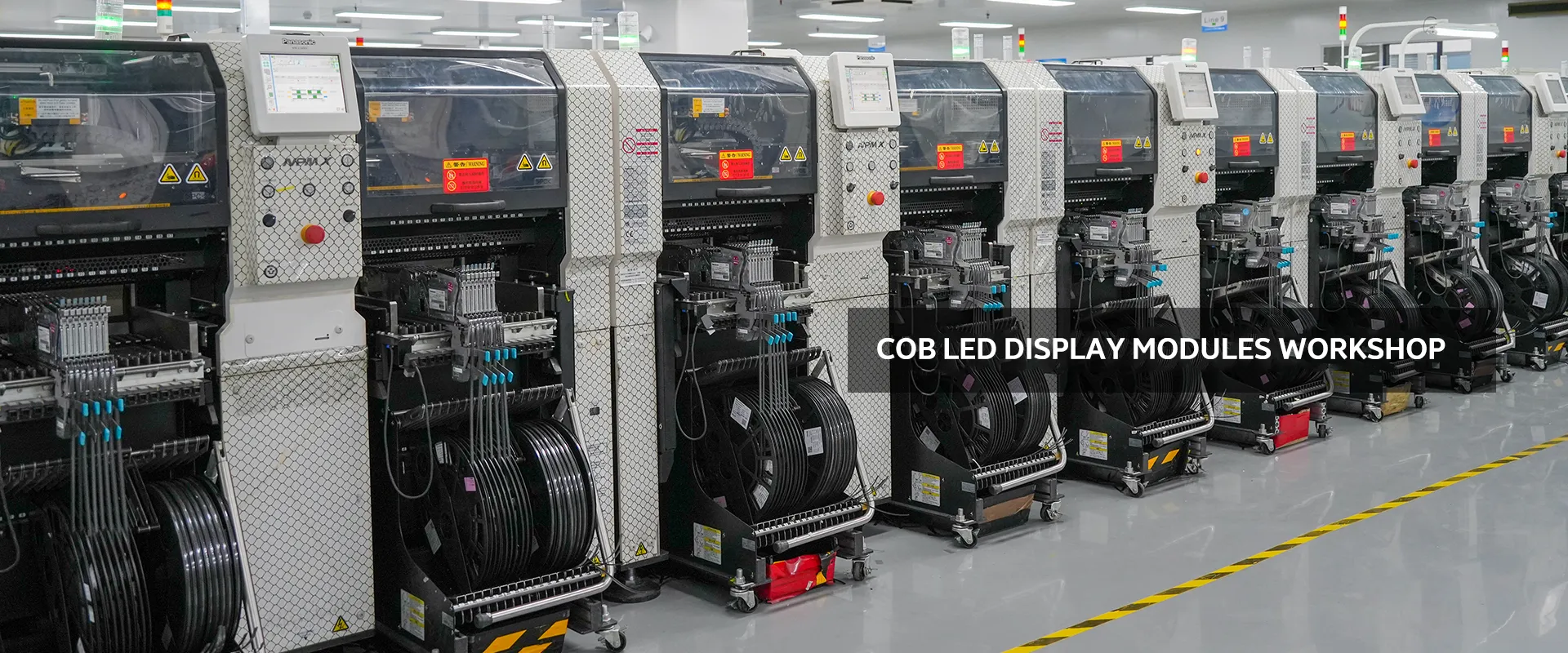
Upstream Suppliers and LCD Manufacturers: Typically, these stakeholders define Mini LED and Micro LED based on chip size, the structure (either formal or flip), and the method of film transfer, which often involves a substrate-less structure.
Large-Format Display Manufacturers: This group tends to classify these technologies by pixel pitch and packaging method, focusing more on the application in large-scale displays.
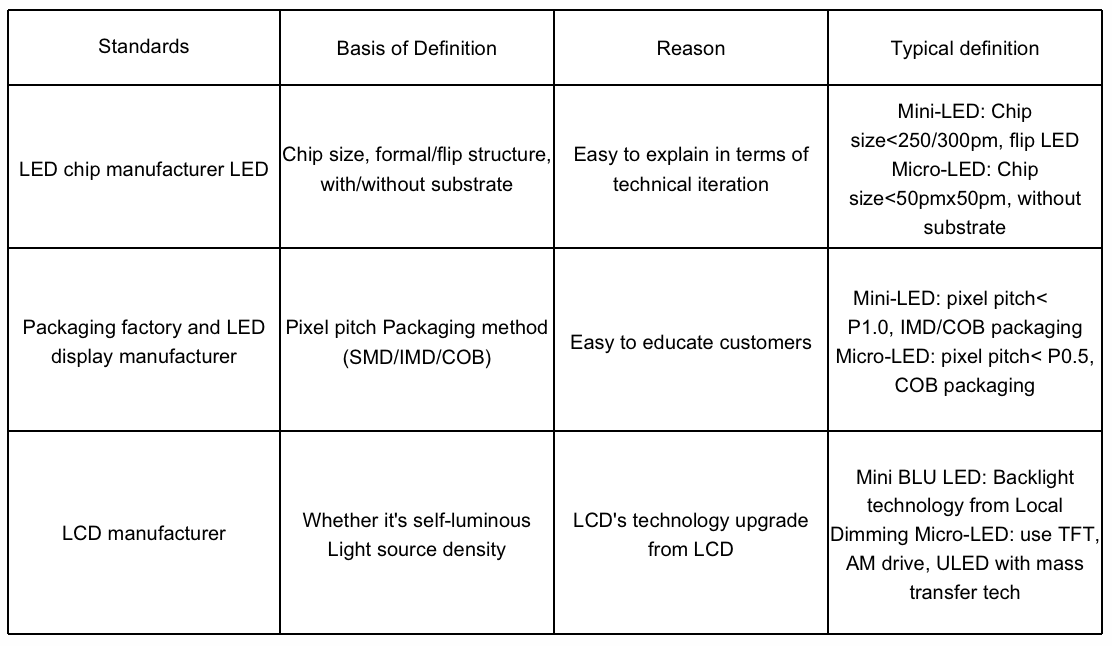
Micro LED Display Manufacturer
In the rapidly evolving world of display technology, Micro and Mini LEDs are leading the charge towards brighter, more efficient, and more precise screens. As a seasoned manufacturer specializing in cutting-edge Micro and Mini LED technology, we offer a wide range of products that cater to diverse industry needs, providing OEM and ODM services that promise unparalleled precision and customization. Discover how our LED displays, ranging from 0.4mm to 1.5mm, can elevate your projects, ensuring top-tier quality and innovation.
Unpacking Micro and Mini LED Technologies: Micro and Mini LED technologies represent a significant leap forward in display solutions, offering several advantages over traditional display technologies. Here’s what makes these tiny powerhouses stand out:
1.Unmatched Precision and Quality:
-
- Pixel Pitch Perfection: Our Micro and Mini LED displays, with pixel pitches as low as 0.4mm, offer incredible resolution and image clarity, making them ideal for a wide range of applications, from high-end consumer electronics to specialized industrial equipment.
- Brightness and Contrast: With superior brightness levels and higher contrast ratios, Micro and Mini LEDs deliver vivid colors and deeper blacks, enhancing overall visual performance.
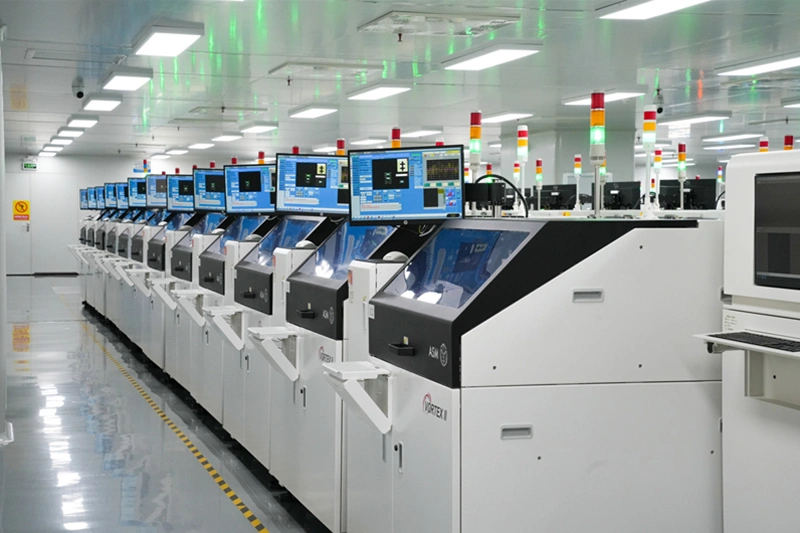
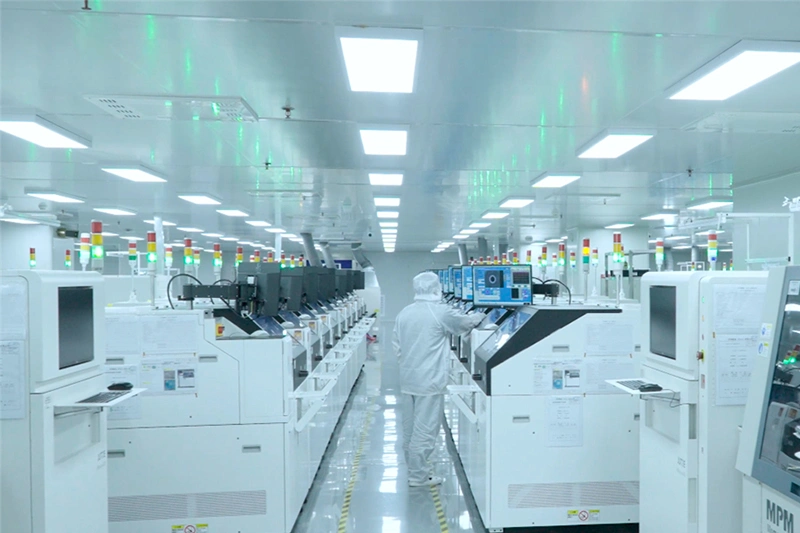
2.Customization at Its Best:
-
-
- Tailored Solutions: Our expertise in OEM and ODM services allows us to design and produce LED displays that are perfectly tailored to the specific requirements of our clients’ projects. Whether it’s size, shape, or functional specifications, we ensure every display is built to spec.
-
3.Durability and Energy Efficiency:
-
- Eco-Friendly: Lower energy consumption and improved thermal management make these LEDs an environmentally friendly choice, reducing operational costs and energy usage.
- Long-Lasting Performance: Micro and Mini LEDs are not only more robust against damage but also boast longer lifespans than conventional LEDs, thanks to their smaller size and efficient design.
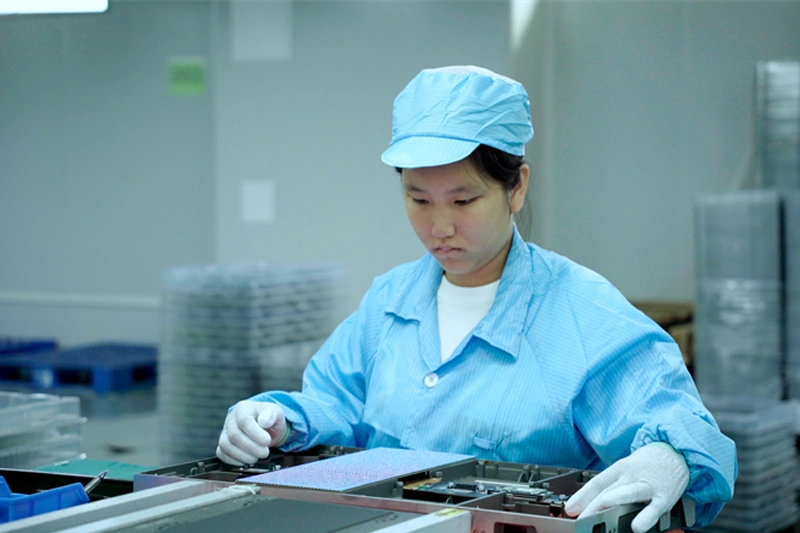
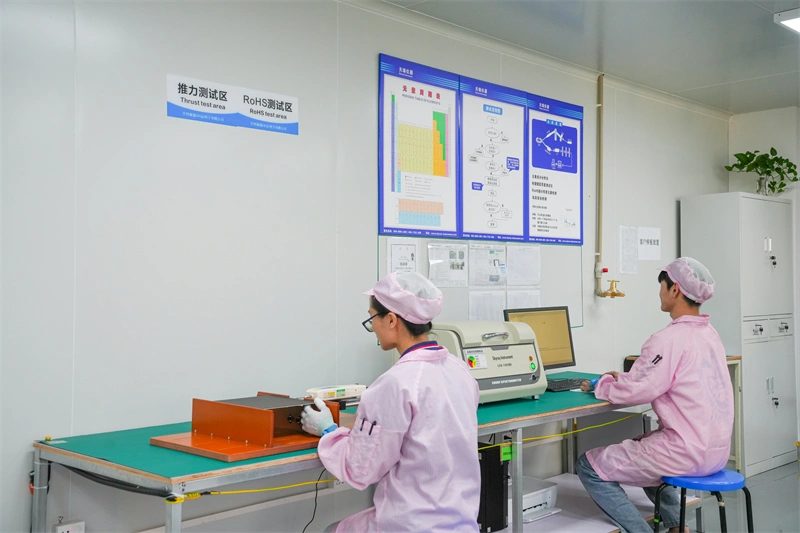
Leading Innovations in Micro COB LED Displays
Your Premier OEM/ODM Manufacturer
As a leading OEM/ODM manufacturer with esteemed partnerships including industry giants like Absen, Unilumin, Lanbo, and Creatled, we excel in delivering advanced Micro COB LED display solutions that redefine how visual content is experienced. Our commitment to innovation is reflected in the high performance and versatility of our products, tailored to both dynamic indoor settings and challenging outdoor environments.
Key Features of Our Micro COB LED Displays
– Exceptional Brightness:
– Indoor Micro LED displays achieve up to 2000 nits.
– Outdoor COB Micro LED displays can reach up to 4000 nits.
– Diverse Product Range:
– Fixed installation Micro LED displays sized at 600×337.5mm with a 16:9 aspect ratio.
– Rental Micro LED displays measuring 500x500mm, suitable for varied event needs.
– Flexible Mini COB LED displays designed for creative applications and outdoor breakthroughs.
– Enhanced Durability:
– Proven stability and functionality in extreme cold, with performance unaffected at temperatures as low as -20 degrees Celsius.
– Energy Efficiency:
– Incorporation of common cathode LED technology, significantly reducing power consumption and lowering heat emission.
Join us as we push the boundaries of digital display technology, transforming environments and crafting exceptional visual experiences with our state-of-the-art Micro COB LED displays. Each product we develop is a testament to our dedication to quality, innovation, and environmental responsibility.
Explore the Future of Visual Displays:
With our extensive experience and a robust lineup of high-quality, customizable LED solutions, we are equipped to enhance any project, offering unparalleled visual displays that captivate and engage. Let us help you make a visual impact that lasts.

